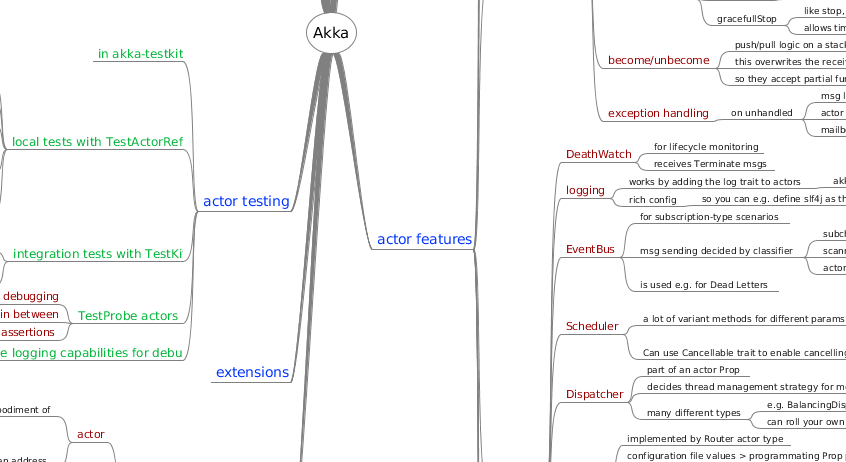Previously
In the starting article, I’ve provided a quick overview of what Spaced Repetition means, and talked about the tools that can facilitate it. Now, let’s see how we can put these tools to good use.
The Scheme
Based on using Anki for knowledge retention, I’ve developed a learning scheme to keep myself from forgetting the stuff I’d rather remember. Given a new source material (e.g. a book, an online course), here’s how it looks like.
Step 0: Choose what to learn
Probably the most important step - you need to consciously, and responsibly, ask yourself the question: "what knowledge do I need to retain effectively"? This is something that you optimally should work out for yourself.
However, I can provide three pointers:
-
The best fit should align with one of the two categories I’ve described in the introductory sections.
-
You already need to understand whatever you’re trying to recall - the scheme I’m describing want help you with that.
-
Don’t start with adding "feel-good stuff" - knowledge that you always wanted to recall off the top of your head in order to impress yourself. You’ll most likely, eventually get frustrated and see the exercise as a waste of time. Do begin with applying this learning method to things you actually need.
Step 1: Highlight Key Passages (Optional)
This is of course only relevant for textual sources. I still recommend it whenever you’re learning from those, because it helps you stay in the flow.
Step 2: Create Mind-map-like notes
Regularly, for each piece of content (video for online courses, chapter for a book, etc.), add notes to a mind map describing the thing you’re currently learning about [1].
This may seem like a superfluous step, but it helps in three things:
-
it actually helps with knowledge retention by preliminarily organizing it,
-
it makes the next step go faster, since you don’t have to re-read/-watch the entire content,
-
most importantly, it helps to verify whether you’ve understood what you’re learning about. You will very likely to see that you’re e.g. writing nonsense at this point, and it’s less frustrating to identify it and fix it than in the next step.
| I say "mind-map-like" because someone might argue that the notes might not necessarily look like a "proper" mind map, i.e. there are no colors, graphics, etc. Nevertheless, I think the form of a tree, which mindmaps take, is the most conducive to general, rapid note-taking. |
For the actual mind mapping I prefer to use Freemind. It’s open source, free, multiplatform, and offers a set of convenient keyboard shortcuts for quick note-taking.

Step 3: Extract flashcards from the mind map in Anki Desktop
Now that you have rapid-access notes, it’s time to go through them and create the flashcards. We’ll mostly be dealing with "classic cards", i.e. with two faces - an entry, and whatever you should recall according regarding the entry. However, there are also other types: reversed (where the "entry"-"recall" relation is bilateral, effectively doubling the given card), and cloze completion, where you "fill" in text (useful for e.g. learning phrases in foreign languages).
Also, you can insert almost everything into a card, including:
-
plain and formatted texts,
-
pictures,
-
sounds,
-
LaTeX, including complex formulas in math mode,
-
source code, with the correct plugin [2].
See the figure in the introductory section for some examples.
Step 4: Learn from flashcards in the Anki Mobile Client(s)
Whereas the Desktop client is more conducive to creating (and reviewing) cards, I find it much better to actually learn by using the Anki software on mobile devices (iOS/Android [3]).
Principally, this is because, with the mobile client, you have less distractions. And trust me, during the beginnings, once the initial enthusiasm wears out but before you see tangible benefits, you will need all the focus you can get.
Another, equally important thing is that you will have access to the cards wherever you go. This makes it an easier to form the habit of reviewing the cards daily, especially in the case of the Android client, where you can also add a widget to your home screen.
Step 5: Review, Heal, and Grow your flashcard "Deck"
Your cards, once created, should not be treated as if set in stone. Splitting a card, improving it, suspending it, or removing it altogether should all be options you need to consider.
Coming Up
In the next installment, we’ll go from theory to practice and see how it pans out.


Twitter
Google+
Facebook
Reddit
LinkedIn
StumbleUpon
Email